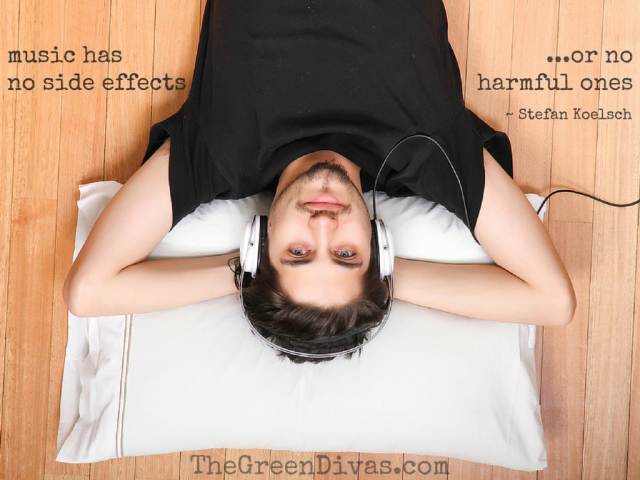
The limitations of music therapy
You can summarize the current state of research on the connection between music and health by saying that we know music impacts our brains and bodies, but we don’t quite understand exactly why or how music does this.
And because we don’t understand the details, it can be hard to use music for healing.
To be honest, part of these issues could be solved if researchers performed better studies. Right now, researchers aren’t doing themselves any favors because musical research rarely follows a typical format.
Here are a few common errors (and solutions). [13]
1. Current research doesn’t clearly differentiate if it is the act of playing music or the act of listening to music that benefits patients. For example, if a patient gets better after playing songs on a keyboard, chanting in different tones, or singing their favorite song, are they benefiting from the musical notes or from the act of playing music?
Future studies should investigate if active performance or passive listening yields better results.
2. Current research poorly categorizes the impact of different music styles. Most researchers lump music therapy into broad stimulating or relaxing categories. Future research should include more clearly defined boundaries, so we can understand which types of music can be used to heal in specific situations.
3. Current research flip-flops on who controls the music. Sometimes the experimenter chooses the music. Sometimes the patient chooses their own music. This can complicate things because sometimes you are more likely to see music as having a positive impact simply if you selected the music. Future research should be more clear about this selection process.
4. Current research varies between individual listening, individual playing, and group playing. In many cases, patients may benefit from simply doing an activity with a group and not the music itself. Future research should investigate these environmental factors to help clarify the impact of individual vs. group music therapy.
5. Current research, at least what I found, was universally missing a large, randomized trial. This type of study is the gold-standard of research and if music therapy interventions are to be taken seriously, then a high quality randomized study is needed.
The health benefits of music
Whether it is a pick-me-up song that brightens your mood, or a live-saving violin practice like that of David Binanay, we have all felt the healing power of music.
From a research standpoint, the health benefits of music are unproven.
However, I have always said that I try to balance being a scientist with being a practitioner and, from a practical standpoint, there are very few reasons to avoid music as a way to improve your health and happiness.
Music therapy is noninvasive, inexpensive, and convenient. And music is one of the lifestyle choices we can make that relieves stress and anxiety, decreases pain, and protects against disease.
Stefan Koelsch, a senior research fellow in neurocognition at the University of Sussex in Brighton, summarizes the healing effects of music by saying, “I can’t say music is a pill to abolish diseases. But… so many pills have horrible side effects, both physiological and psychological. Music has no side effects, or no harmful ones.” [14, 15]
Thanks to David Binanay for taking time to chat with me and to Sam Sager for his help researching this article.
This article was originally published on JamesClear.com.
Bonus:
In this GVK episode, Kristin Ace chats with Margaux Joy DeNador, author of The Art of Living a Life You Love and creator of the Live Your Music radio show. Together, they discuss how our individual uniqueness is like inner music that needs to be played and enjoyed.
LISTEN:
Listen to the latest Green Divas Radio Show—and other green and healthy living podcasts—daily on GDGDRadio.com (or get the GDGD Radio app)!
[dynamic-sidebar id=’Custom Widget 2′]